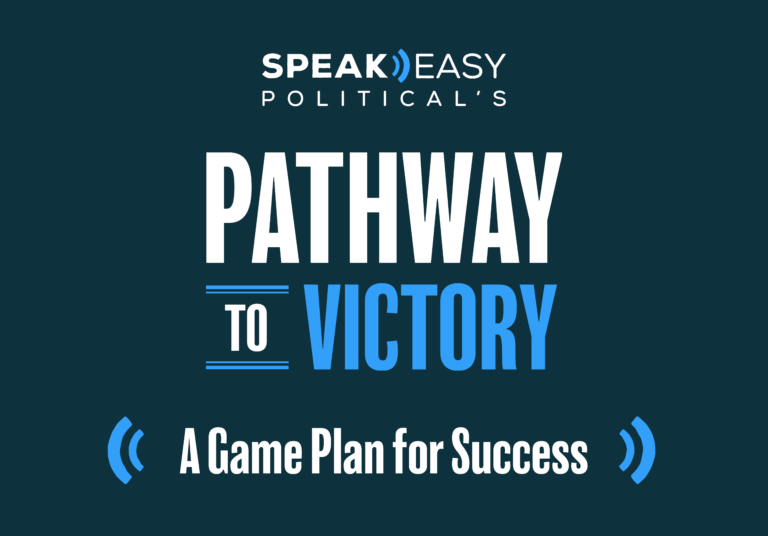Write a preliminary campaign plan.
This plan is going to evolve every month of your campaign, and maybe more than that. But you need to have a basic roadmap so you know where you are going. A great deal of this plan comes down to setting priorities and schedules — so take this in order of importance.
- Fundraising. If it is going to take you ten hours per week to raise your budget, then put that first.
- Indirect voter contact. Voter outreach looks a little different in a COVID-19 world. However, outreach can still be done through phone banking – so that comes next. Basically, every time the sun is out and there isn’t a debate or fundraiser, you should be talking to voters.
- Visibility. Are there places where you can go and meet a great number of voters while maintaining social distancing guidelines? Parks? The beach? Grocery store parking lots?
- Study the issues. Time to make thank-you calls, write thank-you notes, and prep for debates.
What does a good campaign schedule look like?
A good schedule reflects the priorities of your campaign and accounts for all important events that can be foreseen (and is just flexible enough to accommodate the events you can’t foresee). So what does that look like on a day you can campaign all day?
6:00 am—Read local papers and study for upcoming debate
6:45 am—Exercise
7:30 am—Hit bus stops or the local subway station while people go to work (while staying six feet apart and wearing a mask)
8:30 am—Breakfast
9:00 am—Fundraising calls
12:00 pm— Virtual lunch with key donors
1:30 pm—Answer emails
2:00–5:00 pm—Call senior citizen voters who are likely to be home
5:00 pm—Early dinner
6:00–8:30 pm— More Calls
9:00 pm—Family time!
Don’t have all day to campaign, every day? Here’s what a campaign schedule should look like if you’re still heading into the office Monday– Friday:
6:00 am—Read local papers and study for upcoming debate
6:45 am—Exercise
7:30 am—Hit bus stops while people go to work (while staying six feet apart and wearing a mask)
8:30 am—Breakfast
9:00 am—Work time
1:00 pm—Call Time to donors during lunch
2:00–5:30 pm—Office time
5:30 pm—Dinner
6:00–8:30 pm— Fundraising calls
9:00 pm—Family time!
We understand that this is a lot of time away from your family. If you can, try to incorporate family members along the campaign trail, as long as it doesn’t slow you down. Have a night or two a week where your spouse and kids work with you, let them see what you’re fighting so hard for—and let voters see that you are a real person, just like them, concerned about the community.
PRO TIP: Take copious notes. If Thelma on Elm Street mentions that her granddaughter was just accepted to UCLA, write it down. If she’s concerned with cuts to Medicare, take notes. In four months when you’re back at Thelma’s door during the GOTV phase of your campaign, you’ll be grateful you have a few extra reference points. And if you don’t write it down, TRUST US—you will not remember.
Looking for more information about what it takes to run for office? Download our e-book designed to walk candidates through the process of running – and winning – their first political campaign. And be sure to check out more from our Pathway to Victory series!




